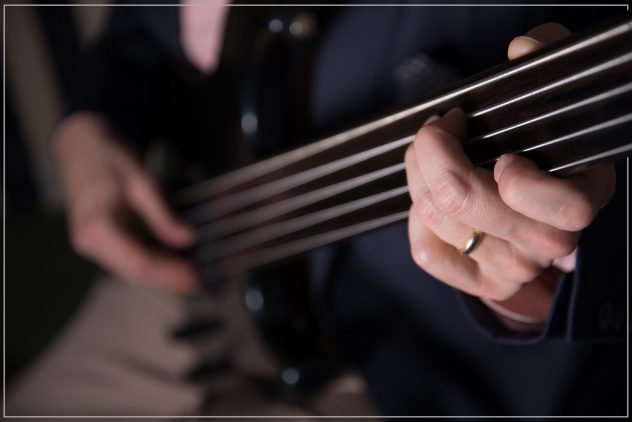I often wish we still had our Patrick Dougherty sculpture here in Waco. For those of you who don’t know the name or the story, Dougherty is an acclaimed sculptor whose works are in museums, public parks, university campuses, and botanical gardens all over the world. His medium is cut saplings, which he harvests from the area in which he’s working and weaves into towering, evocative, and/or whimsical shapes. Each of his works is unique and designed to fit into the environment where it sits, indoors or out. They’re both visually and conceptually striking.
In 2010, Cultural Arts of Waco brought Dougherty to town using a grant from the National Endowment for the Arts to create a piece in Cameron Park for the park’s centennial celebration. He chose a spot near Pecan Bottoms close to the Brazos and set to work making a sculpture that he would christen “River Vessels.”
Dougherty, an Oklahoma native who’s lived in North Carolina since childhood, has a Masters degree in hospital administration but decades ago gave himself over to making art. Now 72, he continues to create his memorable sculptures all over the world. This year has found him doing pieces in Montreal, South Dakota, Oregon, South Carolina, California, and Commerce, Texas. Worldwide, one encounters his art from Sweden to South Korea.
An intriguing element of his work that distinguishes him from most artists who specialize in public art, is the collaborative process he uses, enlisting people from the community in which his art will be placed to help him at every step. The Atlantic recently published a series examining “the possibilities and pitfalls of mentorship” and interviewed Dougherty because of this unique relationship with those who help bring his artistic concepts into reality. The magazine described him as being “a boss, a mentor, and a humble peer” all at the same time.
I recall sitting on a picnic table and watching him work with his crew of volunteers here in Waco, and the rapport he formed with them all in just a short time was truly impressive. They seemed as dedicated to the project as he was. Dougherty took his role as a mentor seriously and showed a particular interest in the art students who had come out to work with him. “You can’t give young people true advice,” he said to the Atlantic. “You just plow ahead and let them watch you do it.” Once they start in on the process with him, he makes a point of being encouraging. “I don’t like to walk around and look at someone’s work and say, ‘I would do something else,’ or, ‘That’s never going to work.’”
Dougherty understands that because of the nature of his medium, his work doesn’t last forever. “I really like that essentialness of having something that has to be looked at now,” he explains. For him, the real value of his art comes in the experience of creating it with a group of people he’s only recently come to know. The “nature of a good sculpture,” he said earlier this year in Commerce, is it “makes people feel enlivened, and they want to go look at it.” A good sculpture is “one that causes personal associations.”
I still feel my acute disappointment when his piece here in Waco had to be removed long before it would have lived out its days. It didn’t last long enough to become much of the focal point that good public art can be, and sadly we missed out on experiencing a lot of those personal associations that civic life, at its best, can give.




